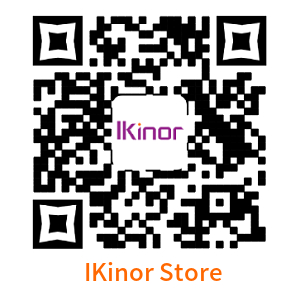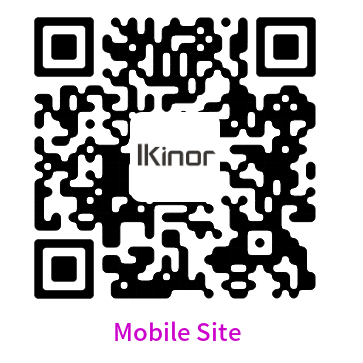Are you tired of students yawning during lectures and classes? Do you want to bring some excitement and engagement to your classroom? Then it’s time for a touch screen revolution! Interactive touch screens are transforming the way teachers teach and students learn. These amazing tools offer endless possibilities for creating dynamic, engaging lessons that will captivate even the most disengaged learners. In this blog post, we’ll explore how interactive touch screens can help you create lessons that are both fun and educational, turning your classroom into an exciting learning environment where everyone is motivated to participate. So let’s dive in!
Introduction: Touch screen for teaching
Touch screen technology has become an increasingly popular way to teach students, as it allows for a more interactive and engaging learning experience. Touch screen lessons can be used in a variety of ways, such as providing hands-on exercises or allowing students to explore various topics in a more interactive way.
Advantages of using touch screen for teaching
Touch screens offer many advantages for teaching. They are easy to use, allow for immediate feedback, and are more engaging than traditional textbooks or lectures. Touch screens also allow instructors to personalize the learning experience by incorporating interactive activities and games into their lessons.
Touch screens can be used in a variety of classrooms, including science, math, history, and English classes. By using touch screen technology, students can access information faster and more easily than with other methods. Additionally, touch screens make it possible for instructors to customize their lessons based on the specific needs of their students.
One of the greatest advantages of using touch screen technology is that it allows instructors to provide immediate feedback to students. By touching the screen where they want to highlight a word or sentence, students can see instant confirmation that their selection has been made. This eliminates the need for students to wait for feedback from teachers during lectures or textbooks.
Another advantage of using touch screen technology is its ability to engage students more effectively than traditional methods. By incorporating interactive activities and games into lessons, instructors can engage students in the material they are learning. These activities also help reinforce key concepts and improve student retention rates.
Overall, touch screens offer many advantages for teaching conditions such as speed of information access, engagement of students, ease of use and customization for each individual student
Conclusion
By utilizing touch screen technology, we can provide our students with an engaging and interactive learning experience that will help them learn more effectively. We hope that our tips have helped you get started on creating your very own touch screen lesson and that it will be a hit with your students! For further details, welcome to contact Ikinor!



